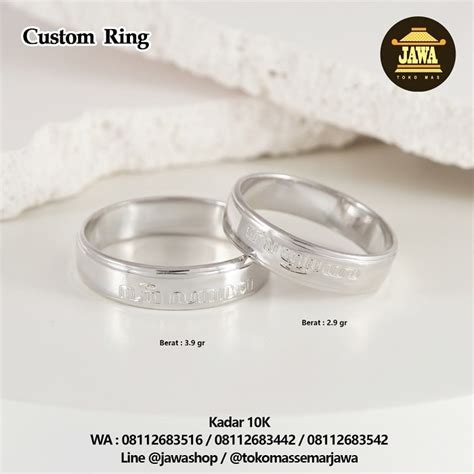Diving Deep into the Dark: Exploring Film Noir

This article explores the captivating genre of film noir, a cinematic style defined by its dark visuals, morally ambiguous characters, and cynical narratives. Prepare to be drawn into a world of shadows, secrets, and unforgettable stories.
The Essence of Film Noir: Shadows and Suspense
Film noir, translated from French as "black film," is more than just a genre; it's a mood, an atmosphere. It's characterized by its stark contrast between light and shadow, often used to create a sense of mystery and foreboding. The plots frequently involve crime, betrayal, and moral ambiguity, leaving the audience questioning the motives and morality of the characters.
Key Characteristics of Film Noir
- Visual Style: High-contrast lighting, shadowy compositions, and often claustrophobic settings create a distinctive visual aesthetic. Think dark alleys, smoky bars, and rain-slicked streets.
- Narrative Structure: Complex plots, unreliable narrators, and twists and turns keep the audience guessing until the very end. Fate often plays a significant role, leaving characters trapped in a web of their own making.
- Characters: Morally ambiguous protagonists, femme fatales, and cynical detectives populate the world of film noir. These characters are rarely straightforward, and their motivations are often complex and layered.
- Themes: Themes of betrayal, paranoia, disillusionment, and the dark side of human nature are central to the genre. The post-World War II era greatly influenced these themes, reflecting societal anxieties and moral uncertainties.
- The Maltese Falcon (1941): Often cited as the quintessential film noir, starring Humphrey Bogart as Sam Spade.
- Double Indemnity (1944): A masterpiece of suspense, featuring Barbara Stanwyck as a seductive femme fatale.
- The Big Sleep (1946): Another Humphrey Bogart classic, known for its complex plot and morally grey characters.
- Out of the Past (1947): A film showcasing the genre's characteristic use of flashbacks and unreliable narration.
Iconic Films and Their Impact
Several films have cemented their place in film noir history, shaping the genre's aesthetic and narrative conventions. These include:
These films, and many others, helped establish the tropes and conventions that define film noir. Their influence can still be seen in contemporary cinema, television, and even video games.
The Enduring Legacy of Film Noir
The impact of film noir extends far beyond its Golden Age. Its visual style, cynical tone, and morally complex characters continue to inspire filmmakers today. The genre's exploration of the darker aspects of human nature remains relevant, resonating with audiences who appreciate its sophisticated storytelling and timeless themes.
Frequently Asked Questions (FAQs)
Q: What makes a film considered "film noir"?
A: While there's no strict definition, key elements include a dark visual style, complex plots with morally ambiguous characters, and themes of crime, betrayal, and disillusionment. The post-WWII setting and cynical tone are also common features.
Q: Are there modern examples of film noir?
A: While the classic era is over, many contemporary films borrow heavily from film noir's visual style and thematic concerns. Look for films with dark, shadowy cinematography and morally ambiguous protagonists for a modern take on the genre.
Q: What are some key differences between film noir and other genres?
A: Unlike straightforward crime thrillers, film noir often features unreliable narrators, complex moral dilemmas, and a focus on the psychological states of the characters. The visual style is also a key differentiator, emphasizing shadows and contrasts to create a distinctive atmosphere.
This exploration only scratches the surface of the rich and complex world of film noir. Further research into individual films, directors, and thematic elements will unveil even more of its enduring power and captivating allure. Remember to check out our article on [link to a related article, e.g., "Classic Hollywood Cinema"] for more insights into the cinematic landscape of the era!





